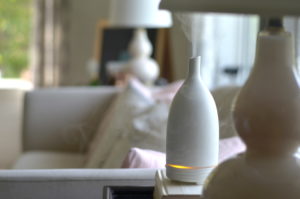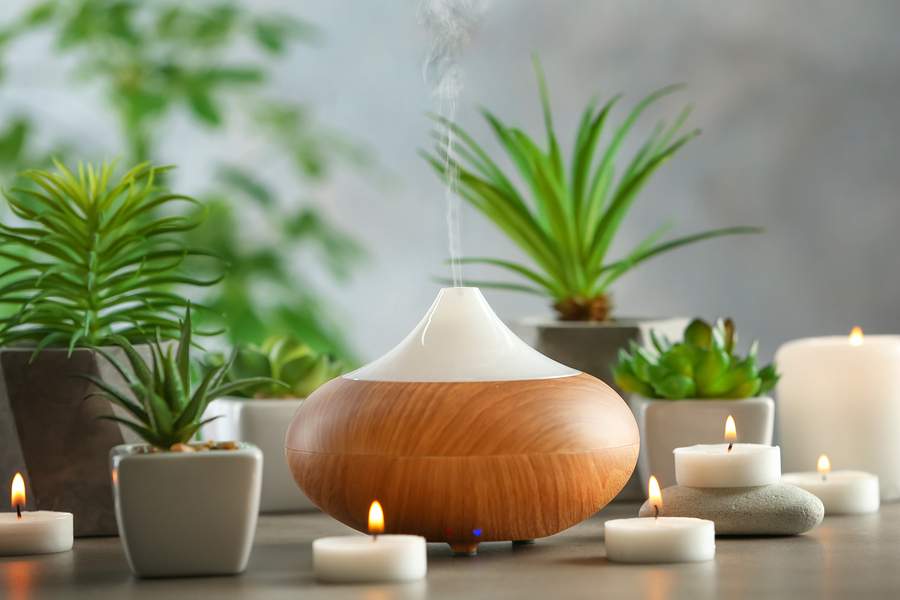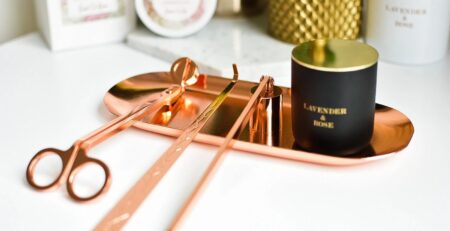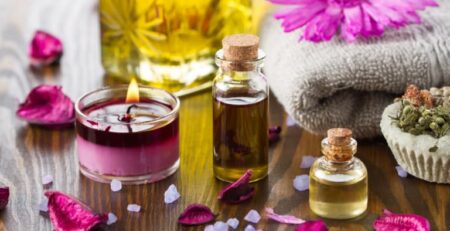How to Use a Oil Diffuser
There’s no denying that essential oils are all the rage right now. In fact, the essential oil market is expected to continue witnessing steady growth in the forthcoming years. Studies have shown that besides having beautiful smells, essential oils can have medicinal effects such as reducing stress, improving mental clarity, uplifting your mood, and purifying the air. An effective way of reaping the benefits of these oils is with essential oil diffusers. These devices allow you to inhale the aromatic oils so they can have a stronger effect on your respiratory system, brain, and emotions.
An essential oil diffuser breaks down essential oils and spreads them throughout a room without changing their delicate chemical structure or emitting hazardous volatile organic chemicals — provided it’s used correctly. But have no fear if you don’t know how to diffuse essential oils. We’ve rounded up everything you need to know to use an essential oil diffuser safely and correctly.
Getting Ready to Diffuse Essential Oils
The first step to beneficial and effective essential oil diffusion is ensuring the oils you purchase for use in your diffuser are of high quality. Consider the factors below to avoid making a wrong purchase:
- Packaging: Essential oils should be packaged in dark bottles that are well sealed. That’s because the oils tend to deteriorate more rapidly on exposure to sunlight and heat. Steer clear of essential oils that are in clear bottles or in containers that have been opened.
- Cost: Pay attention to whether the price of the product is comparable to similar products. Beware of cheap products because they’re usually made or diluted with potentially hazardous chemical ingredients.
- Plant details: A trustworthy company will list details of the plant from which the essential oil has been derived on the bottle. For instance, you’ll see the Latin name of the plants or their country of origin.
- Purity: Pure essential oils don’t contain any artificial ingredients, fillers, or pesticides. Look for products that contain only 100% essential oils. Avoid those that have a lower percentage or don’t provide any percentage details.
- Smell: Your essential oil diffuser will fill your room with the fragrance of the essential oils you put in it. Therefore, buy a product with a scent you’re perfectly comfortable with. The product may be of poor quality if it doesn’t smell as you expect it to.
- Growing practices: You should check whether the packaging has a statement on the plants used to create the essential oils being wildcrafted or grown organically. If it doesn’t, that could be because the plants were mass-produced and had pesticides sprayed on them. Therefore, it may be best to avoid such a product.
It’s also necessary to know the primary purpose for which you want to diffuse essential oils. That’s because different oils are associated with different effects. For example:
- Frankincense, lavender, chamomile, and basil are generally considered to create a calming effect thus can help alleviate anxiety
- Bergamot and peppermint have stimulating effects and so can help fight depression
- Lemon, May Chang, cedar, pine, and juniper help remove foul odors
- Lavandin, clove, lemongrass, and geranium help repel insects
- Clove, eucalyptus, thyme, and rosemary open your airways
Do research or talk to an aromatherapist to know the best oils for your specific needs.
Location

Once you’ve purchased high-quality essential oils, you’ll need to pick a suitable location to place your diffuser. Diffusers are best kept out of the reach of pets and children. However, it should be on a surface that lets you see and access it easily. You’ll also want to place your diffuser away from windows, direct sunlight, and fans. The major reason for this is that the diffuser’s water can be depleted early if it’s placed near a fan or in direct sunlight.
You can place the device on a high shelf to facilitate maximum dispersal. If you’re going to be using it on a wooden surface, it’s advisable to have a kitchen towel or placemat underneath it. Make sure the device is in an open area in the room that’s not immediately below a surface. The water the diffuser sprays could cause damage to the surface above it.
It’s also worth mentioning that most essential oil diffusers don’t have long electrical cords. For that reason, the location you choose should have an outlet nearby.



